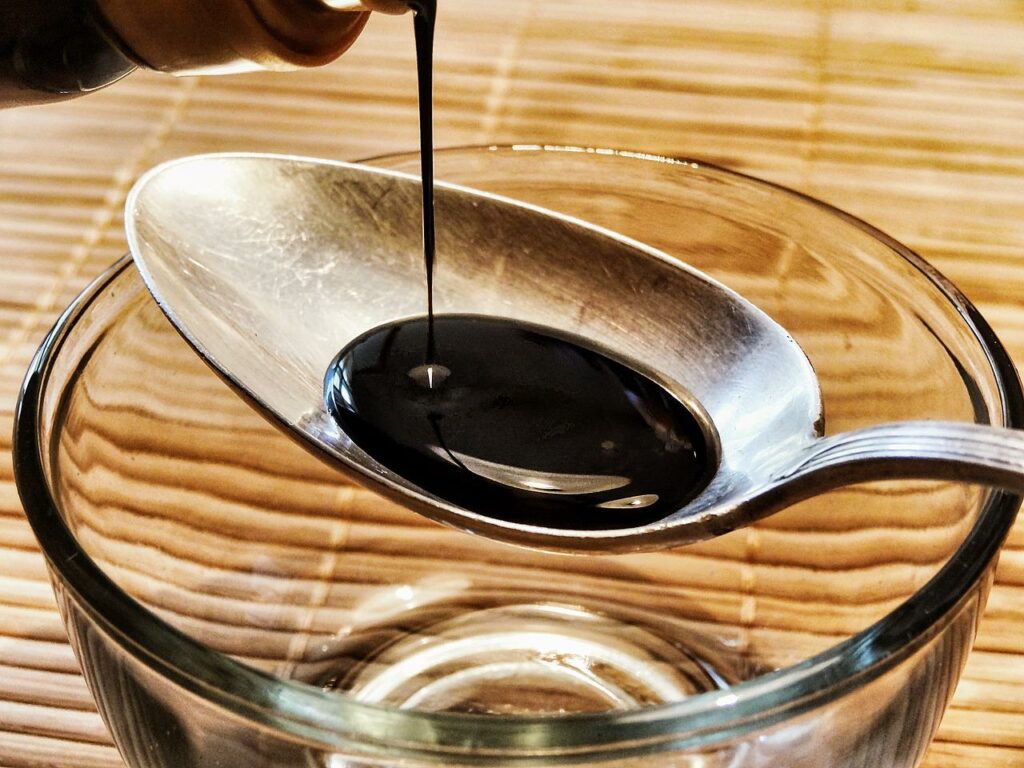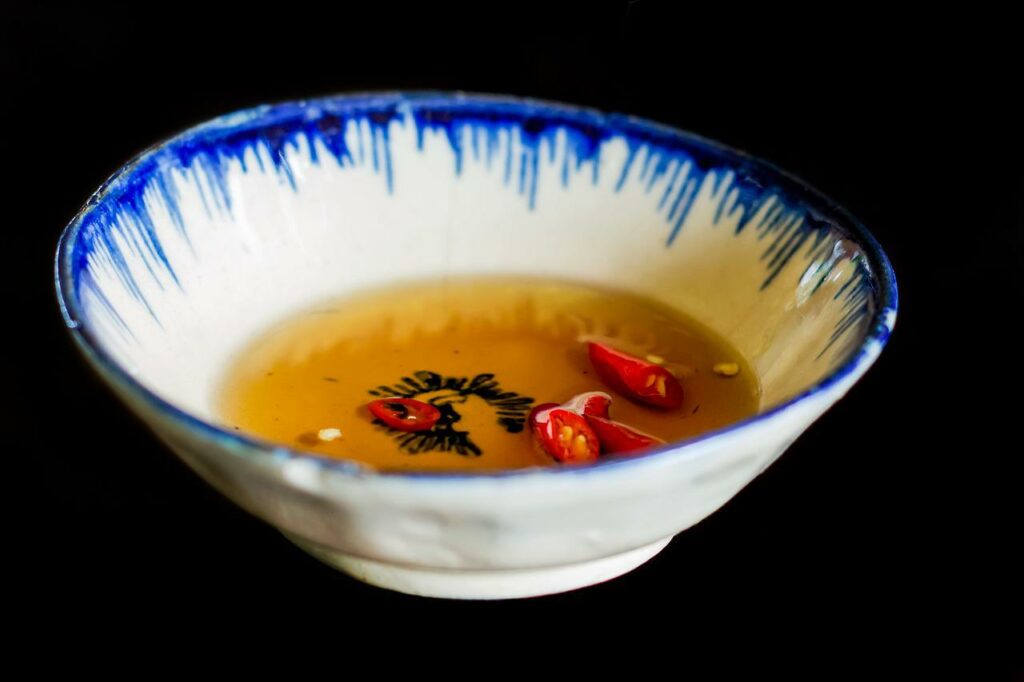Tamari is a type of soy sauce made from fermented soybeans. The sauce originated in Japan, where it’s still widely used in Japanese cuisine. Should you be in search of a tamari substitute, there are numerous options available to you.
This Asian sauce has become popular in the West as a delicious and versatile ingredient in Asian and non-Asian dishes. It’s darker and thicker than regular soy sauce and has a richer, deeper flavor. And it’s frequently used as a dip, marinade, or seasoning.
If you need an alternative for tamari, this article will provide a list of easy options and how to use them.
What is Tamari?
Native to Japan, tamari is the byproduct of producing miso. It comprises fermented soybeans, water, salt, and koji and has a fuller flavor than regular soy sauce. In recent years, tamari has become increasingly popular as a vegan alternative to fish sauce.
Tamari is used in various Japanese dishes, including sushi, tempura, and noodle soup. But it can also be used as a dipping sauce, marinade, or stir-fry sauce. In fact, it can be used in almost any dish that would benefit from a boost of salty umami flavor.
In the past, tamari was only produced in small batches and was only available to the elite classes. Today, however, it is mass-produced and widely available. It remains a popular ingredient in Japanese cuisine and other Asian cuisines such as Chinese and Korean.
Substitutes for Tamari
While tamari provides a unique flavor that can elevate a dish, it can be challenging to find in stores. If you can’t find tamari or have run out, you’ll need an alternative. Fortunately, finding a replacement for tamari is easy, and our list will give you some of the best options.
1. Soy Sauce
Soy sauce is a common ingredient in Asian cuisine and is also gaining popularity as a condiment in Western countries.

This Chinese staple is also derived from fermented soybeans and has a salty, umami flavor. Its flavor is less intense than tamari, but it can still add depth and complexity to dishes. Soy sauce works well in stir-fries and marinades, but it may not be the best choice for soup or salad dressing.
While soy sauce is less expensive, people with gluten allergies may want to avoid it as it contains wheat. It’s also high in sodium which can cause high blood pressure.
2. Miso Paste
Miso is the perfect alternative for tamari, as tamari is a byproduct of miso. Therefore, miso delivers a similarly rich, umami flavor. That said, it’s slightly sweeter than tamari and comes in a paste form.
As a result, it is best used in dishes where a bolder flavor is desired, such as stews and braises. In addition, miso can be used as a marinade or added to soup stocks for extra flavor.
However, because of its more robust flavor, you should use a lesser quantity when substituting it for tamari sauce. Miso is also an excellent source of probiotics.
3. Hoisin Sauce
Hoisin sauce is a popular condiment in Chinese cuisine. It’s made from various ingredients, including fermented soybeans, garlic, vinegar, sugar, and sesame oil. The sauce is thick and slightly sweet, with a distinct savory and spicy flavor.
Because of its unique flavor profile, hoisin sauce is often used as a substitute for tamari in Asian-inspired dishes. While the two sauces are similar in consistency and color, hoisin sauce is sweeter and more intense than tamari.
Overall, hoisin sauce is a versatile condiment that can add depth of flavor to several dishes. However, be aware that it does contain gluten and may not be suitable for everyone.
4. Fish Sauce
Fish sauce is a popular condiment in many Asian countries and an excellent alternative when you’re out of tamari. This unique sauce is made from salted, fermented fish. Therefore, it’s a non-vegetarian replacement option.

It has a strong, salty flavor but has a similar umami taste to tamari from the fermentation process. However, fish sauce is thinner than tamari, which makes it ideal for use in marinades and dressings. It can also be used as a dipping sauce or added to soups and stews.
This sauce is a good source of protein and omega-3 fatty acids and is low in calories and fat. However, fish sauce contains a high sodium level, so it should be used sparingly. Also, bear in mind that a little goes a long way.
5. Worcestershire Sauce
Worcestershire sauce, native to Worcester, England, is a popular condiment in the West with a distinctively savory flavor. It’s often used as a marinade or sauce for meat and fish dishes.
While Worcestershire sauce is similar to tamari, it contains anchovies and has a slightly saltier flavor. It’s also thicker than tamari, making it ideal for use as a dipping sauce or dressing.
However, Worcestershire sauce should be used sparingly as a substitute for tamari. When used judiciously, it can add an intense savory kick that enhances the flavor of many dishes.
6. Balsamic Vinegar
Balsamic vinegar is an easy tamari alternative produced from grape must, the juice of freshly crushed grapes. And it offers an excellent gluten-free and vegan replacement for those with dietary restrictions.
However, balsamic vinegar is sweeter and has a more complex flavor, while tamari is saltier and richer. Balsamic vinegar is also thicker than tamari, so it can add a different texture to dishes.
Keep in mind that balsamic vinegar may change the dish’s flavor slightly. It’s best used in recipes with sweet or acidic flavors, such as marinades, salad dressings, or sauces.
Conclusion
When finding a tamari substitute, any option on our list will make an ideal replacement for your dish. Soy sauce and miso paste will provide the closest match, with hoisin or fish sauce providing very similar results. While Worcestershire sauce and balsamic vinegar offer readily available alternatives when in a pinch.
